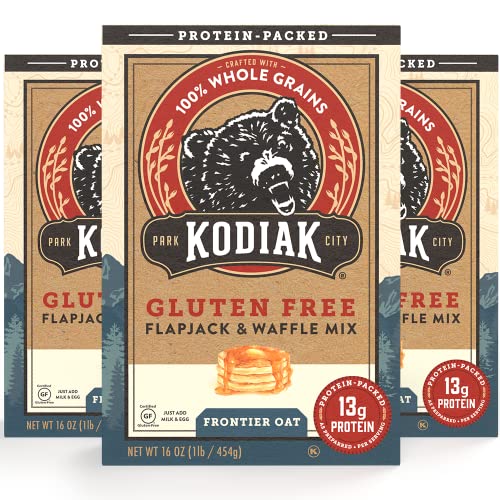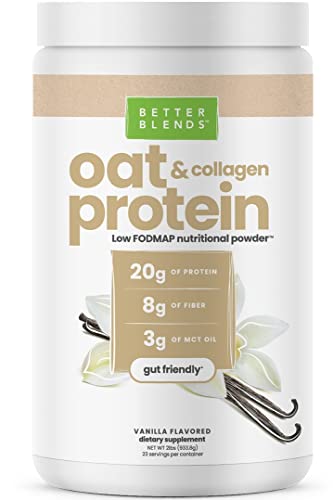Does Posture Matter? The Science Behind Posture and Back Pain, Acid Reflux, and More
Sit up straight! I suspect we all heard that at some time in our childhood. Slouching in our chairs, hunching our backs – it looks bad, but is it?
Posture and Back Pain: The Evidence
It is a common belief that slouching while seated and sitting for long periods is associated with low back pain. Evidence is mixed. One study concluded that low back pain sufferers were more likely to sit with greater posterior pelvic tilt and spinal flexion (i.e. more “slouched) than those who were pain-free. However, this study was self-described as a “preliminary” experiment. Further research has not been able to show conclusive evidence of a relationship between specific spinal postures and back pain.
A meta-analysis investigating driving posture on low back pain concluded that the evidence was insufficient to recommend specific postures to prevent low back pain – mostly because the available research was poorly controlled. Further, at least one study found no relationship between hours of sitting at work and lower back pain. So, the jury on posture’s relationship to back pain is still out. What about posture’s relationship to acid reflux?
Posture and Acid Reflux: What the Research Says
It is commonly believed that an upright posture is helpful in reducing acid reflux flare-ups. Specifically, an upright posture takes advantage of gravity to help prevent reflux events. This notion is illustrated by the success of raising headboards to prevent reflux events during the night. Manometry studies indicate posture has an impact on both the frequency and composition (liquid vs. gas) of reflux events. Current research has focused on supine (lying down) vs upright positions in the realm of sleep. However, it is more common for patients to experience reflux in an upright versus a supine position. There is no evidence that standing or sitting “more” upright versus slouching has any effect on reflux.
How to Improve Your Posture
If you want to sit up a little straighter, you can improve your posture with exercises that increase the stabilization of the lower back. Exercises such as bird dogs and planks will increase your ability to control the position of your spine and may potentially even help improve digestion a bit, particularly gastric motility. Additionally, there are a number of things you can do to improve your posture in your daily life:
- Keep your head up and your shoulders back.
- Stand with your feet shoulder-width apart and your weight evenly distributed.
- Engage your core muscles when standing or sitting.
- Use a lumbar support pillow when sitting.
Diaphragmatic Breathing for Reflux Relief
As for exercises to control reflux, diaphragmatic breathing exercises (also known as deep breathing) might be a useful therapy to relieve symptoms. Diaphragmatic breathing after a meal was found to reduce reflux events and total acid exposure in the esophagus. To do diaphragmatic breathing, follow these steps:
- Lie on your back with your knees bent and your feet flat on the ground.
- Place one hand on your chest and the other on your stomach.
- Breathe in slowly and deeply through your nose, allowing your stomach to rise.
- Breathe out slowly through your mouth, allowing your stomach to fall.
Conclusion: The Importance of Posture for Overall Health
In conclusion, it's clear that the relationship between posture and health conditions like back pain and acid reflux is a fascinating and ongoing area of research. While the link between posture and back pain is still somewhat elusive, there's more promising evidence when it comes to managing acid reflux.
Maintaining an upright posture, especially during sleep, can take advantage of gravity to reduce the frequency and intensity of reflux events. Additionally, incorporating exercises that focus on stabilizing the lower back and practicing diaphragmatic breathing post-meals could provide relief from acid reflux symptoms.
As we look deeper into the intricate connection between posture and our well-being, one thing remains evident: mindful improvements in our posture can potentially have a positive impact on our overall health. So, whether you're striving for a pain-free back or looking to alleviate acid reflux symptoms, paying attention to your posture might be a step in the right direction.
- Albarqouni, L., Moynihan, R., Clark, J., Scott, A. M., Duggan, A., & Del Mar, C. (2021). Head of bed elevation to relieve gastroesophageal reflux symptoms: a systematic review. BMC family practice, 22(1), 24.
- Fathollahnejad, K., Letafatkar, A., & Hadadnezhad, M. (2019). The effect of manual therapy and stabilizing exercises on forward head and rounded shoulder postures: a six-week intervention with a one-month follow-up study. BMC musculoskeletal disorders, 20(1), 86.
- Halland, M., Bharucha, A. E., Crowell, M. D., Ravi, K., & Katzka, D. A. (2021). Effects of Diaphragmatic Breathing on the Pathophysiology and Treatment of Upright Gastroesophageal Reflux: A Randomized Controlled Trial. The American journal of gastroenterology, 116(1), 86–94.
- Hartvigsen, J., Leboeuf-Yde, C., Lings, S., & Corder, E. H. (2000). Is sitting-while-at-work associated with low back pain? A systematic, critical literature review. Scandinavian journal of public health, 28(3), 230–239.
- Ouatu-Lascar, R., Lin, O. S., Fitzgerald, R. C., & Triadafilopoulos, G. (2001). Upright versus supine reflux in gastroesophageal reflux disease. Journal of gastroenterology and hepatology, 16(11), 1184–1190.
- O'Sullivan, P. B., Mitchell, T., Bulich, P., Waller, R., & Holte, J. (2006). The relationship between posture and back muscle endurance in industrial workers with flexion-related low back pain. Manual therapy, 11(4), 264–271.
- Shay, S. S., Conwell, D. L., Mehindru, V., & Hertz, B. (1996). The effect of posture on gastroesophageal reflux event frequency and composition during fasting. The American journal of gastroenterology, 91(1), 54–60.
- Tinitali, S., Bowles, K. A., Keating, J. L., & Haines, T. (2021). Sitting Posture During Occupational Driving Causes Low Back Pain; Evidence-Based Position or Dogma? A Systematic Review. Human factors, 63(1), 111–123.




















Comments
Join The Conversation...